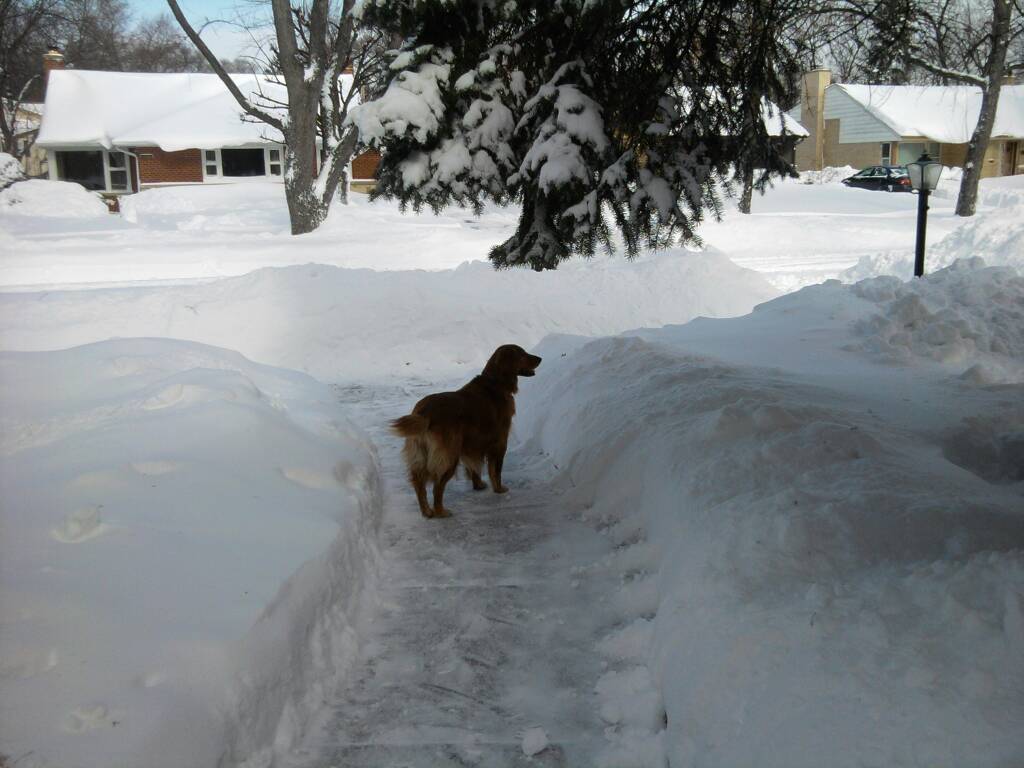If a rental unit cannot reach reasonable modern standards, the landlord should not be allowed to rent it out until it does. The idea that some building standard from decades ago will meet modern needs and that the landlord/building owner has no responbility to modernize is absurd. Its like saying a unit with asbestos is adequate cause that was the standard when it was built.
I mean, it IS adequate in most cases. Removing asbestos is a last resort. It’s not harming anyone in the walls, but it has a potential to do so if you try and rip it out.
I think the biggest factor here is the cost in safely removing it. Sure its not harming anyone in the walls, but mice may still stir it up and spread it around the building, and you’ll never want to puncture the wall to hang a picture or a shelf. It is considered adequate because the exposure is so low, you would have a hard time proving it was specifically the asbestos that caused health concerns.
deleted by creator
When removing it a crew can wear P.P.E. and use extensive techniques to remove as much asbestos as possible, this is however very expensive and often equates to a full renovation + cleaning/removal. Instead it is much cheaper to ignore responsibility for the substance by following a “do not disturb” policy.
Its like saying a unit with asbestos is adequate
So long as asbestos is not (and will not be) disturbed, it is fine. The problems with it arises when any sort of alterations or renovations are needed.
A place I used to live in had asbestos-lined linoleum on the floor. It was 100% safe until the sewer backed up and flooded a bit of the area. When the old lino needed to be removed, it became a risk and required remediation. Until then, it was inert/fine.
To me its like there not being indoor plumbing.
Landlord is right in that it’s unsafe to plug in and the circuits are likely not rated for it. I worked on many old buildings and often you’ll have barely 2 circuits for the whole unit. Sure it might draw as much as a hair dryer, but a hair dryer alone maxes out a circuit. That’s why the US code for example mandates a dedicated 20a circuit for bathrooms. Canadian one is behind in that regard in my opinion. Meanwhile in these old shitboxes you have your fridge on the same circuit as your living room, etc. Overloading circuits is a legitimate risk of fire, especially with older wiring and breakers that are basically never replaced when they trip and are in service for decades. Or the old oversized fuse/penny in the fuse trick.
It’s not as easy as just slapping an ac unit in your window, the wiring needs to be updated.
Now I do think these people need air conditioning, absolutely. The government needs to step in and either force the landlord to pay for wiring upgrades (specifically dedicated circuits for window units, maybe panel upgrades to increase capacity, maybe service upgrades for entire buildings to accommodate the need) and/or subsidize the upgrade to some extent.
It’s definitely not going to be a cheap fix though.




